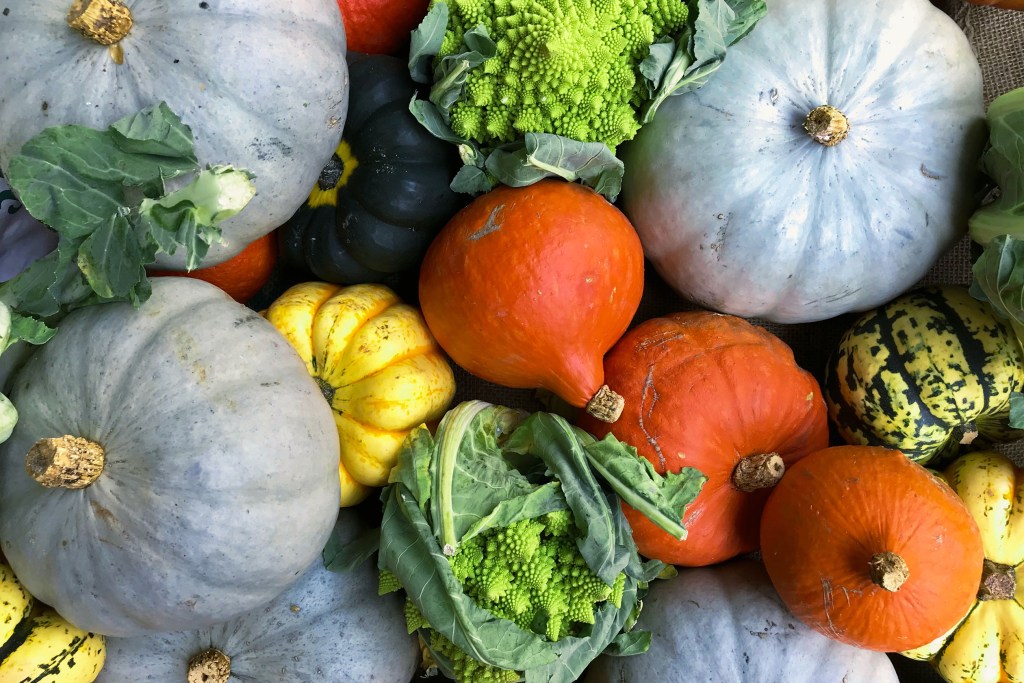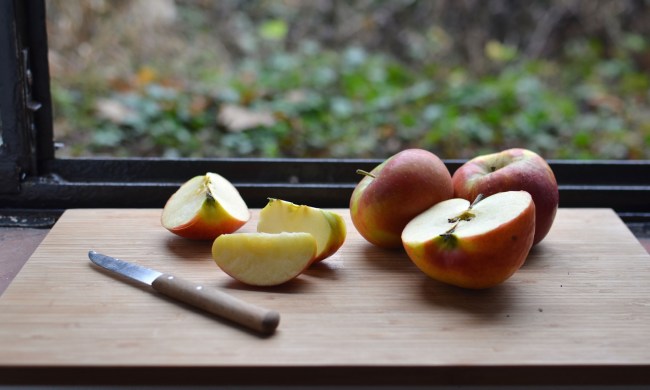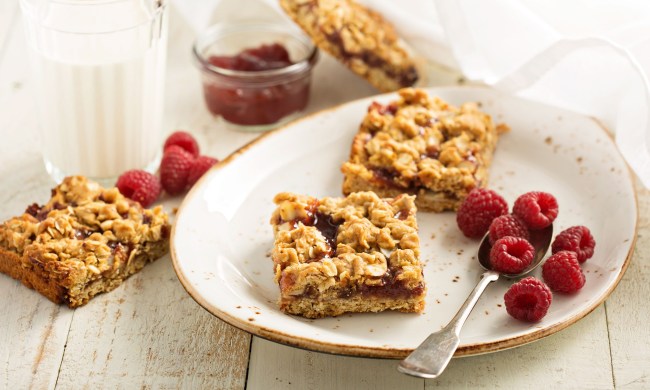Have you experienced the pain of buying fresh vegetables at the grocery store, only to throw it out a few days later because it has already gone bad? Not only is this annoying, but it’s also wasteful. So, what can you do?
By eating with the seasons and choosing the best produce available, you can enjoy more flavorful and longer-lasting veggies. When food has a shorter trip from the farm to your home, it often tastes better. Seasonal produce may also be healthier, as one study found the broccoli grown during its peak season (fall) had higher levels of vitamin C than when it was grown during the rest of the year.
If you’re looking to purchase more sustainable, fresh vegetables, here’s how to pick the best produce at the grocery store every time.

What vegetables are in season?
If you’re a fan of celery, potatoes, carrots, and onions, you can rest easy. These veggies grow year-round. However, for many other products, different plants grow better during different times of the year. When vegetables are grown during their peak seasons in the best natural conditions, they are tastier and more nutritious.
There is a little flexibility in these timelines, as it largely depends on what region you live in and the current climate. Generally, however, these are the best times to buy your favorite fruits and veggies.
Fall
- September: Beets, cauliflower, acorn squash, spinach, and eggplant
- October: Pumpkins, broccoli, sweet potatoes, turnips, and lettuce
- November: Brussels sprouts, winter squash, mushrooms, and cabbage
Winter
- December: Brussels sprouts, broccoli, cauliflower, and sweet potatoes
- January: Cabbage, cauliflower, and turnips
- February: Rutabagas, cabbage, broccoli, and cauliflower
Spring
- March: Artichokes, lettuce, broccoli, and cauliflower
- April: Asparagus, rhubarb, spring peas, zucchini, and artichokes
- May: Okra, asparagus, rhubarb, lettuce, and zucchini
Summer
- June: Corn, zucchini, and lettuce
- July: Cucumbers, summer squash, green beans, corn, and tomatoes
- August: Eggplant, figs, acorn squash, summer squash, winter squash, peppers, cucumbers, tomatoes, and lettuce

How to choose the best vegetables
Picking out fresh veggies at the grocery store can be so easy with just a few tips and tricks. Regardless of the type of vegetable, start by paying attention to its surface. The veggies should be even in color, firm all around, and smooth without any divots or indents. With the majority of vegetables, including cucumbers, potatoes, onions, and peppers, you want them to be as firm as possible. Even the slightest amount of give can indicate that it’s past its prime. Soft spots can mean the vegetable is bruised or slowly rotting, even if it doesn’t appear to be from the outside. Unless you plan to eat it that day, you’re better off with a firmer option.
With root vegetables like onions and potatoes, knowing when they’re at their best can be challenging. These vegetables are firm and tough whether they’re ripe or not. For these hard root veggies, look for cracks on the base where the stem was. Cracks are a sign of dehydration, so avoid them if you notice this characteristic.
Shopping for leafy greens
When you’re shopping for lettuce and kale, pick bunches with leaves that look crisp, firm, and have an even color throughout. A little bit of brown and a few small tears in the leaves are common because of the way leafy greens are shipped and handled. However, the majority of the leaves should be green and intact.
Trust in your senses
The most important thing to remember when shopping for any produce is to trust your senses, especially your senses of sight, touch, and smell. Vegetables don’t give quite as many clues about their ripeness with scent as fruits do, so rely on sight and touch more than smell.
Keep in mind that most of the produce in your grocery store was picked and transported long before they reached their ideal ripeness, and may have been genetically modified to look fresh even when they are not. Be sure to trust your hands and your nose as much as you do your eyes.

Shop local
If you want the freshest produce, it always pays to shop local. If possible, consider shopping for vegetables and fruits at a local farmer’s market, which just about guarantees that you’ll find fresh, in-season produce. Plus, you’ll have the added benefit of talking to the person responsible for growing your food. This gives you the opportunity to ask more specific questions like when the crop was harvested and what, if any, pesticides were used.
Buying in-season comes with a whole host of advantages. It tastes better, is more nutritious, and is better for the environment. Plus, it’s easier to find ripe veggies at the grocery store when you’re shopping in-season, so you don’t have to sift through handfuls of bruised produce. With the list of in-season vegetables above and our handy tips for picking the best produce, you can keep your produce fresh for longer and start eating seasonally today!
BlissMark provides information regarding health, wellness, and beauty. The information within this article is not intended to be medical advice. Before starting any diet or exercise routine, consult your physician. If you don’t have a primary care physician, the United States Health & Human Services department has a free online tool that can help you locate a clinic in your area. We are not medical professionals, have not verified or vetted any programs, and in no way intend our content to be anything more than informative and inspiring.



